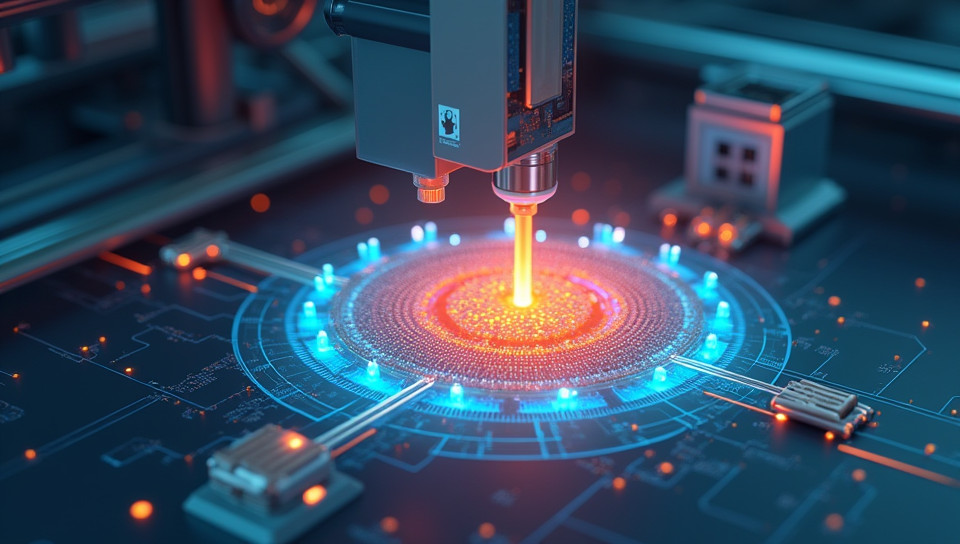3D printing technology has significant energy consumption levels 73%

The Hidden Cost of 3D Printing: A Closer Look at Energy Consumption
As the world becomes increasingly reliant on additive manufacturing, also known as 3D printing, we often overlook one crucial aspect: energy consumption. The excitement around this technology's potential to revolutionize industries such as aerospace, healthcare, and automotive has led us to focus on its capabilities rather than its environmental impact.
What Drives Energy Consumption in 3D Printing?
3D printing technology relies heavily on complex machines that require a significant amount of power to operate. The process involves melting plastic, metal, or other materials at high temperatures, which demands substantial energy input. Moreover, the layer-by-layer building process requires precise temperature control and movement of print heads, adding to the overall energy consumption.
Energy Consumption Breakdown
- Printing time: Longer printing times result in higher energy consumption.
- Machine specifications: More powerful machines with larger build volumes consume more energy.
- Material type: Printing with materials that require higher temperatures or more complex processing consumes more energy.
- Printing frequency: Continuous operation of 3D printers increases overall energy consumption.
Industry Response and Future Directions
The awareness about the environmental impact of 3D printing has led to a growing interest in sustainable practices within the industry. Companies are starting to explore alternative energy sources, such as renewable electricity, to power their operations. Additionally, research is focused on developing more efficient print technologies and materials that require less energy.
Conclusion
While 3D printing technology holds immense promise for transforming various industries, it also comes with a significant environmental cost. Recognizing the substantial energy consumption levels associated with this technology is essential for its sustainable development. As we continue to advance in additive manufacturing, prioritizing energy efficiency and exploring eco-friendly practices will be crucial for minimizing its impact on the environment.
- Created by: Susan Gutierrez
- Created at: Aug. 11, 2024, 10:50 p.m.
- ID: 6852





